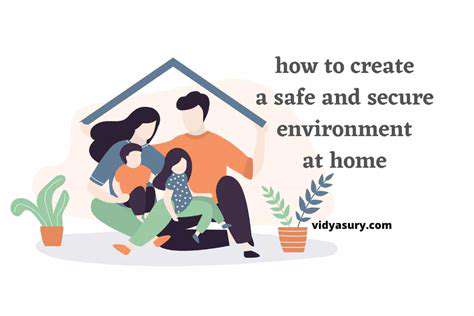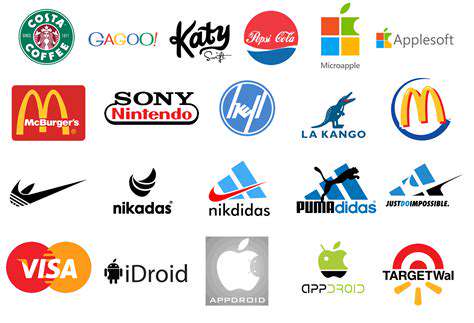How to Volunteer for Remote Animal Rescue
When searching for trustworthy organizations focused on rescuing animals in remote locations, several critical factors demand attention. Organizations with documented success stories and ethical treatment policies should always take priority. Rushing into partnerships or donations without proper vetting often results in misallocated resources and potentially dangerous outcomes for vulnerable animals. Comprehensive background checks form the foundation of effective support.
Geographically isolated regions present distinct animal welfare obstacles. Scarce local resources combined with difficult terrain frequently hinder community efforts to address animal needs adequately. This reality underscores the importance of established groups possessing specialized knowledge, proper equipment, and systematic approaches to remote rescues. Their familiarity with regional challenges enables more impactful interventions.
Verifying Organizational Credentials and Experience
Prospective supporters should thoroughly examine an organization's operational history before engagement. Legitimate groups typically maintain extensive archives including rescue documentation, rehabilitation statistics, and verifiable references. These materials offer tangible proof of their capabilities and treatment standards. The absence of such evidence warrants caution and further investigation.
Transparent leadership structures represent another hallmark of reputable organizations. Clear delineation of management roles and decision-making processes demonstrates their capacity to handle complex rescue scenarios. This level of organizational clarity directly correlates with operational effectiveness in challenging environments.
Analyzing Financial Health and Operational Procedures
Financial transparency serves as a key indicator of organizational integrity. Ethical groups willingly share funding sources, expenditure reports, and sustainability plans. This openness allows potential supporters to evaluate long-term viability - a crucial factor for ongoing rescue initiatives. Opaque financial practices should raise immediate concerns.
Detailed operational protocols covering animal transport, temporary housing, and medical care demonstrate professional preparedness. Organizations should maintain written procedures for these critical functions. Vague or inconsistent operational guidelines may indicate inadequate planning or resources.
Confirming Legal Compliance and Ethical Practices
Reputable rescue groups maintain all required licenses and permits for their operational regions. Proper accreditation demonstrates adherence to legal standards and professional ethics. Supporters should verify current certifications for animal handling, veterinary services, and cross-border transportation when applicable. Regulatory compliance forms the baseline for trustworthy operations.
Animal welfare policies should explicitly address stress reduction, proper nutrition, and veterinary care standards. Documentation of these protocols indicates serious commitment to humane treatment throughout the rescue process.
Gathering Community Feedback and References
Local insights often provide the most accurate assessments of organizational performance. Consulting regional animal professionals and previous volunteers yields invaluable firsthand perspectives. These sources can confirm actual field practices that may differ from official claims. Digital reviews and testimonials offer supplementary verification when direct contacts aren't available.
Regional veterinarians and wildlife officials frequently possess current knowledge about rescue group activities. Their professional opinions carry significant weight when evaluating an organization's credibility and operational effectiveness in specific locations.
Telematics systems, combining GPS tracking with advanced sensor technology, are transforming how fleets operate and vehicles receive maintenance. These interconnected systems deliver live updates on vehicle positioning, operational metrics, and driver patterns. Such comprehensive data enables businesses to streamline logistics, decrease fuel expenditures, and enhance productivity. Additionally, telematics-driven predictive maintenance can detect mechanical concerns early, preventing costly breakdowns and extending vehicle service life.
Building a Network and Staying Connected

Developing Meaningful Professional Relationships
Creating substantial career connections requires more than superficial interactions. Authentic networking focuses on establishing reciprocal relationships with professionals who offer mutual growth opportunities. These connections often lead to career guidance, project partnerships, and unadvertised position openings. Maintaining these relationships demands consistent engagement and sincere interest in others' professional journeys.
Industry conferences, professional associations, and digital communities serve as excellent platforms for connection building. Regular participation in these environments facilitates exposure to industry developments and potential collaborators. The most successful networkers contribute meaningfully to discussions while demonstrating expertise and approachability.
Optimizing Digital Networking Tools
Modern technology provides unprecedented access to global professional communities. Specialized networking platforms, industry forums, and professional social media create virtual spaces for knowledge exchange and relationship cultivation. Strategic use of these resources can dramatically expand career possibilities.
Platforms like LinkedIn require thoughtful profile development and active participation. Engaging with industry content, sharing relevant insights, and joining specialized groups increases visibility among target professional circles.
Mastering Communication Skills for Networking
Effective networking hinges on genuine engagement rather than transactional exchanges. Demonstrating authentic interest through attentive listening and thoughtful responses creates lasting professional impressions. This approach transforms casual contacts into valuable long-term relationships. The ability to ask insightful questions often proves more valuable than self-promotion during initial interactions.
Prompt follow-up communications solidify new connections. Personalized messages referencing specific discussion points demonstrate professionalism and reinforce the relationship's foundation. This practice significantly increases the likelihood of ongoing engagement.
Creating Mutually Beneficial Relationships
The most sustainable professional connections develop when all parties derive value from the relationship. Identifying opportunities to support others' goals while advancing your own creates balanced, productive networks. This reciprocal approach fosters genuine professional goodwill that often yields unexpected opportunities.
Long-Term Network Maintenance Strategies
Professional relationship building represents an ongoing investment rather than a one-time effort. Consistent, thoughtful engagement maintains connection relevance over time. Periodic check-ins, resource sharing, and collaborative opportunities keep relationships active and productive.
Acknowledging professional milestones and career developments demonstrates genuine interest in connections' success. This personalized attention distinguishes meaningful relationships from superficial contacts in competitive professional landscapes.
Sustaining Connections and Avoiding Common Mistakes
Network maintenance requires regular, purposeful interaction. Scheduled communications and shared professional experiences prevent relationship stagnation. The most effective networkers integrate connection nurturing into their regular professional routines.
Excessive self-focus, poor listening habits, and inconsistent follow-up represent the most damaging networking errors. Prioritizing authentic relationship-building over immediate personal gain ultimately produces the most valuable professional networks.
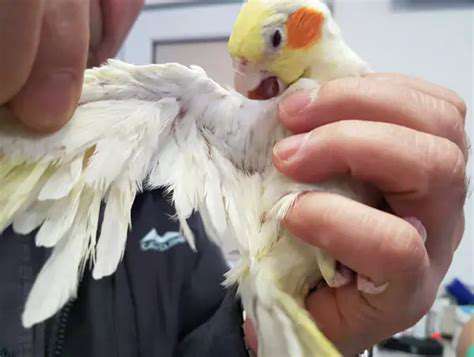

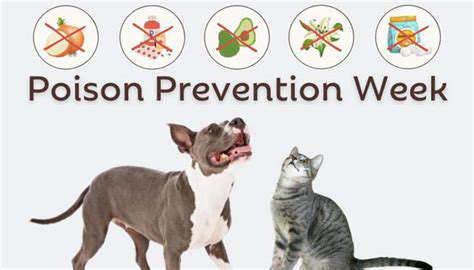


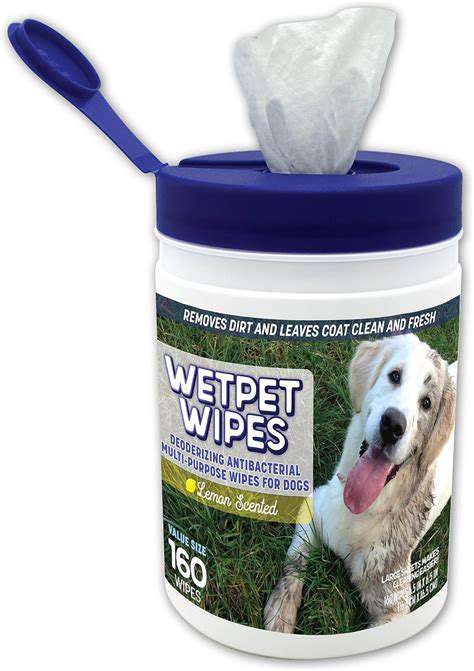

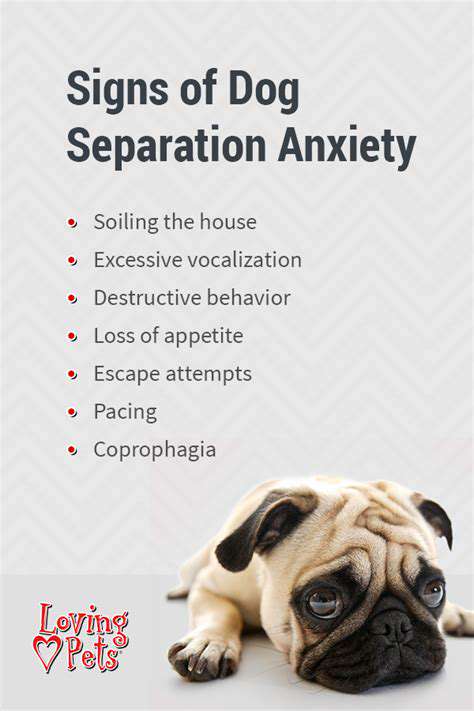

![Guide to Caring for [Specific Cat Breed, e.g., Maine Coon]](/static/images/33/2025-05/HealthConsiderationsforMaineCoonCats3AAProactiveApproach.jpg)
